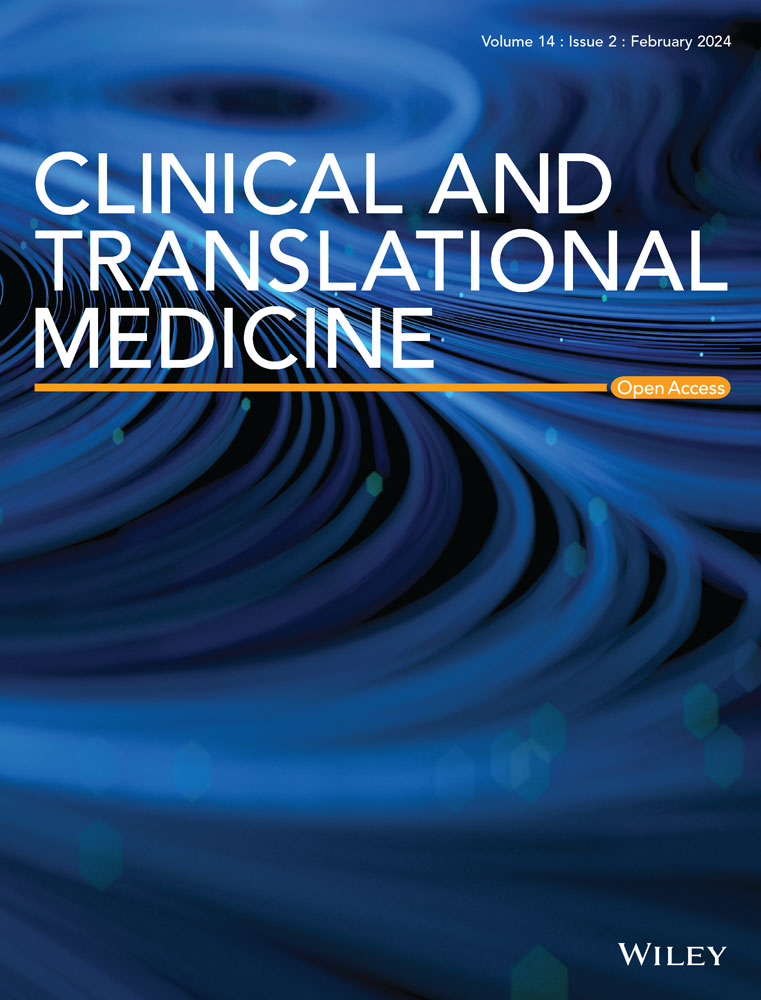Sodium pump subunit NKAα1 protects against diabetic endothelial dysfunction by inhibiting ferroptosis through the autophagy-lysosome degradation of ACSL4
Abstract
The sodium pump Na+/K+-ATPase (NKA), an enzyme ubiquitously expressed in various tissues and cells, is a critical player in maintaining cellular ion homeostasis. Dysregulation of α1 subunit of NKA (NKAα1) has been associated with cardiovascular and metabolic disorders, yet the exact role of NKAα1 in diabetes-induced endothelial malfunction remains incompletely understood. The NKAα1 expression and NKA activity were examined in high-glucose (HG)-exposed endothelial cells (ECs) and mouse aortae, as well as in high-fat-diet (HFD)-fed mice. Acetylcholine (Ach) was utilised to assess endothelium-dependent relaxation (EDR) in isolated mouse aortae. We found that both NKAα1 protein and mRNA levels were significantly downregulated in the aortae of HFD-fed mice, and HG-incubated mouse aortae and ECs. Gain- and loss-of-function experiments revealed that NKAα1 preserves EDR by mitigating oxidative/nitrative stresses in ECs. Overexpression of NKAα1 facilitated EC viability, migration, and angiogenesis by inhibiting the overproduction of superoxide and peroxynitrite. Mechanistically, dysfunctional NKAα1 impaired autophagy process, and prevented the transfer of acyl-CoA synthetase long-chain family member 4 (ACSL4) to the lysosome for degradation, thereby resulting in lipid peroxidation and ferroptosis in ECs. Induction of ferroptosis and inhibition of the autophagy-lysosome pathway blocked the protective effects of NKAα1 on EDR. Eventually, we identified Hamaudol as a potent activator of NKAα1 by restraining the phosphorylation and endocytosis of NKAα1, restoring EDR in obese diabetic mice. Overall, NKAα1 facilitates the autophagic degradation of ACSL4 via the lysosomal pathway, preventing ferroptosis and oxidative/nitrative stress in ECs. NKAα1 may serve as an attractive candidate for the management of vascular disorders associated with diabetes.
Key points
- NKAα1 downregulation impairs endothelial function in diabetes by promoting oxidative/nitrative stress and ferroptosis.
- NKAα1 supports lysosomal degradation of ACSL4 via autophagy, preventing lipid peroxidation and ferroptosis.
- Hamaudol, an activator of NKAα1, restores endothelial relaxation in diabetic mice by inhibiting NKAα1 phosphorylation and endocytosis.


 求助内容:
求助内容: 应助结果提醒方式:
应助结果提醒方式:


